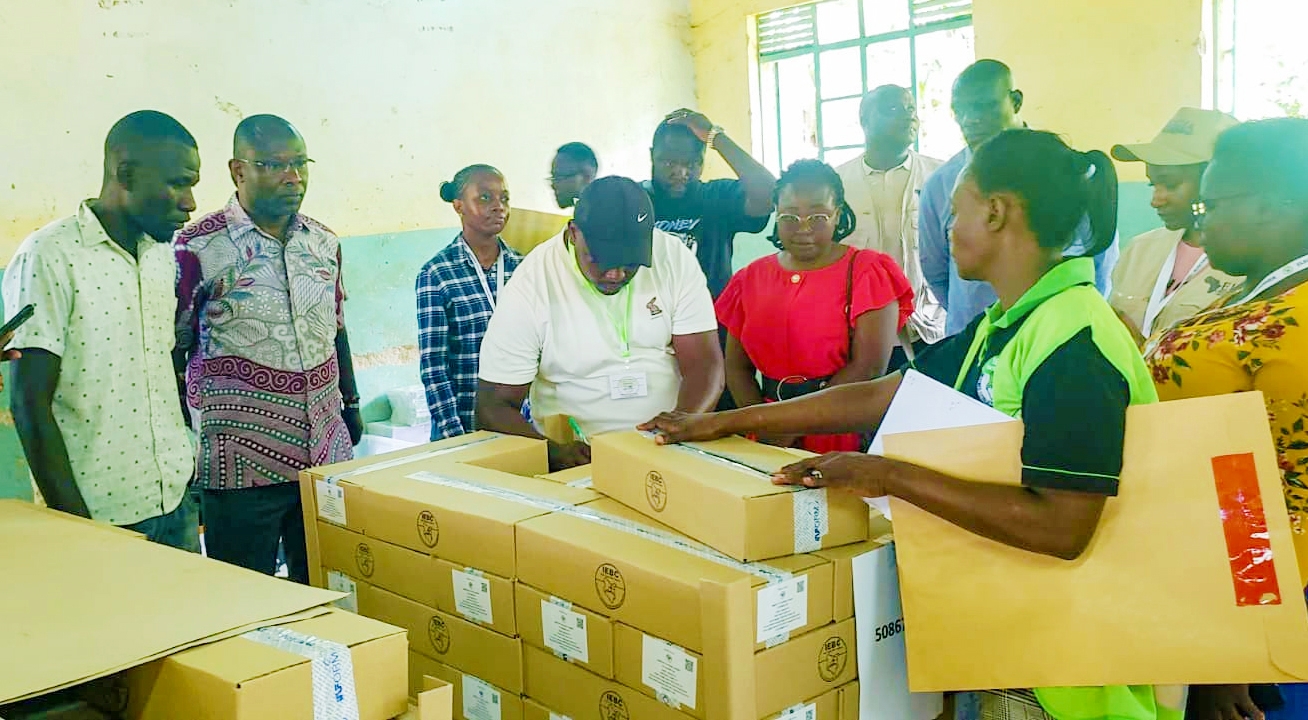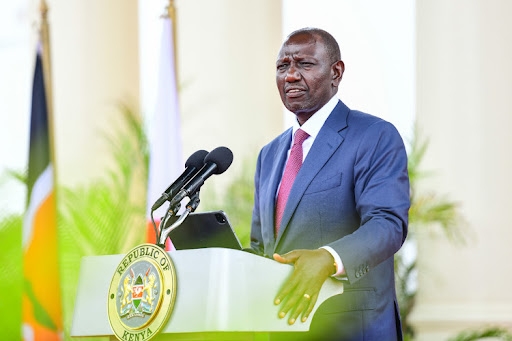The Kenya Wildlife Service has called for the fostering of a harmonious coexistence between humans and wildlife to boost conservation.
In a statement to newsrooms on Monday during the marking of the World Elephant Day, KWS Director General, Erustus Kanga, said Jumbos are Kenya's most known majestic creatures who symbolise 'our nation's heritage'.
He, however, decried the fact that the survival of the elephants remains threatened by human-wildlife conflict among other natural causes like habitat loss and climate change.
The plight of the super tusker jumbos is central to this year's world elephant's day celebrations even as wildlife conservationists and scientists continue to pile pressure against trophy hunting.
Launched in 2012, World Elephant Day aims to bring more public awareness to the plight of elephants.
In June this year, conservation organisation, Big Life Foundation, reported that five elephants had been killed within the Enduimet Wildlife Management Area of Tanzania by trophy hunters in the last eight months.
The foundation said the killing follows a 29-year period during which elephants were protected from trophy hunters within Enduimet as a result of an unofficial moratorium agreed on in the mid-90s.
The 2021 census that covered 343,380 km2 of the country's landmass put Kenya's elephant population at 36,280.
"In recent times, we have witnessed a rise in elephant mortalities due to human-elephant conflict, driven by increased intolerance stemming from negative interactions," Kanga said in his statement, underscoring the importance of coexistence of wildlife and humans.
This year's theme of "Promoting harmonious coexistence between elephants and people in well-managed landscapes," echoes Kenya's commitment to finding sustainable solutions that benefit both elephants and the communities they share the land with, the director general added.
He said the theme also aligns with the broader international focus and supports the goals outlined in Kenya's national elephant action plan.
Kanga lauded the country's efforts in growing elephant population from 16,000 individuals in 1989 to over 36,280 as per the 2021 national wildlife census.
"However, this progress is slowed down by ongoing challenges, including habitat loss, climate change and poaching," he said.
The DG said the new KWS strategic plan has set comprehensive roadmap that will address the threats by focusing on habitat restoration, conflict mitigation and strengthening the value of elephants to local communities.
"To mark this day, we encourage all conservation areas to engage in simple, low-cost activities in collaboration with stakeholders and local communities. These initiatives will provide a platform to address the root causes of human-elephant conflict and explore practical solutions that can enhance coexistence," he said.

















